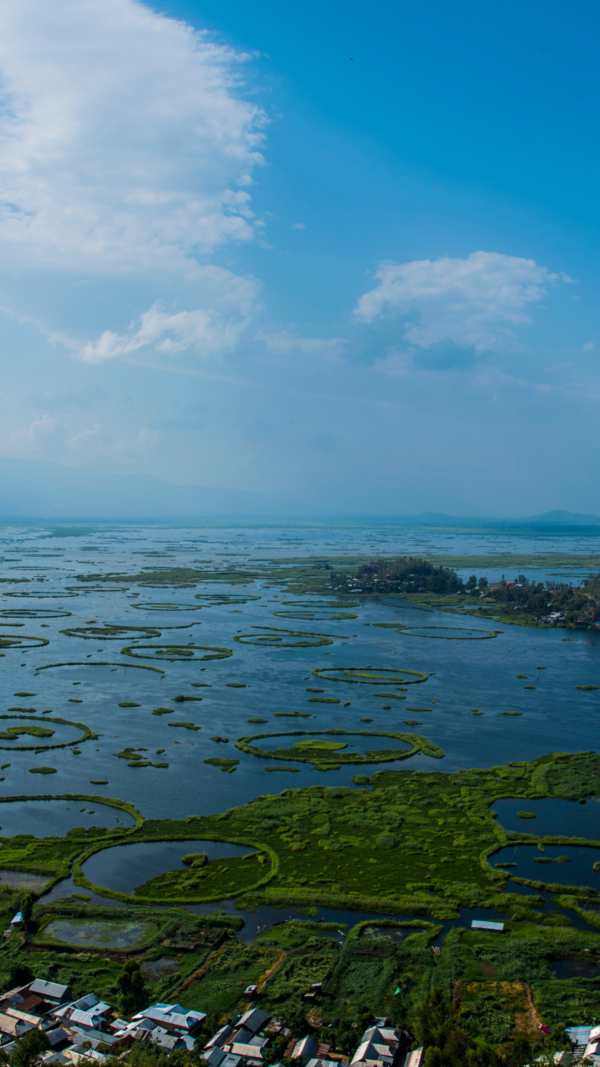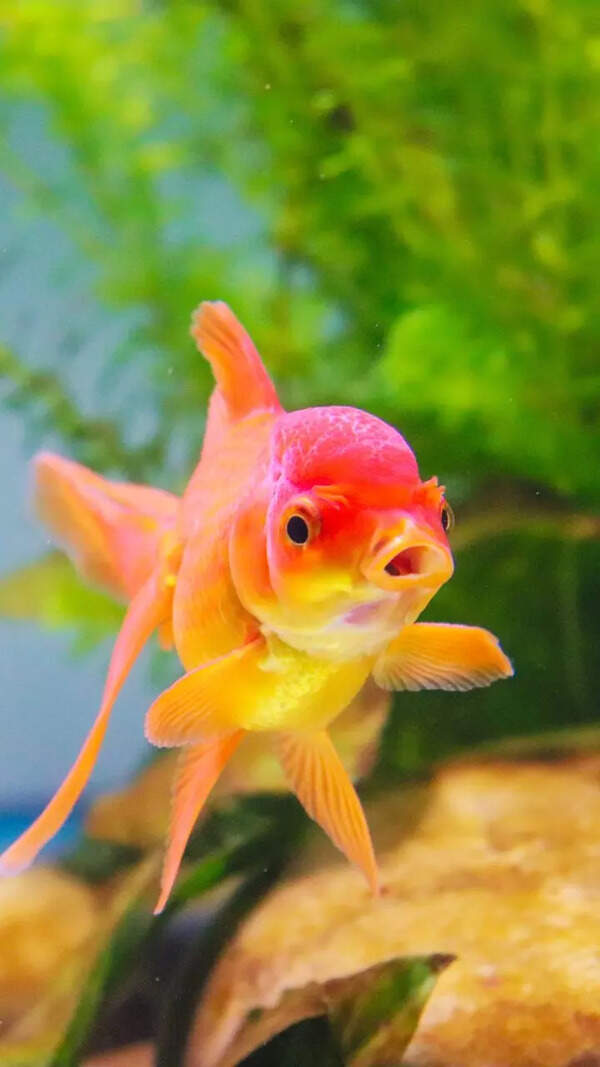From smelling like rotting meat to digesting mice: 7 of the world’s strangest plants

7 of the world’s strangest plants
Nature is anything but ordinary. Just when you think you’ve seen all the stunning flowers, towering trees, and breathtaking greenery the world has to offer, you come across plants that seem like they belong in a fantasy movie. Some act like predators, trapping and digesting their prey. Others survive in the most extreme conditions, living for thousands of years. And a few even smell like rotting meat to attract insects! These unusual plants challenge everything we expect from the plant kingdom. Here, we have curated a list of seven bizarre plants that will leave you speechless!

Venus Flytrap
The Venus Flytrap (Dionaea muscipula) is not just an ordinary houseplant. It comes from the wetlands of North and South Carolina and is a carnivorous plant with jaw-like leaves. When an insect touches its leaves, they snap shut, trapping the prey inside. The plant then slowly digests the insect over several days. Unlike most plants that stay still and absorb nutrients from the soil, the Venus Flytrap moves and catches its own food– almost like a little predator!

Pitcher Plant
The Tropical Pitcher Plant (Nepenthes) is one of nature’s most unique insect traps. Shaped like a deep cup, its leaves hold a liquid that traps and digests bugs. Some larger species have even been known to catch mice and frogs! Even after heavy rain, its sticky digestive fluid stays strong, making sure that any creature that falls in won’t escape.

Corpse Flower
The Corpse Flower (Amorphophallus titanum) is known for two things: its huge size and its terrible smell. Found in the rainforests of Sumatra, this rare plant blooms only once every few years. When it does, it gives off a smell similar to rotting flesh, attracting flies and beetles that help with pollination. It can grow over 3 meters tall, and its strong odor can be smelled from miles away!

Welwitschia
The Welwitschia Mirabilis, found in the deserts of Namibia and Angola, looks like it belongs on another planet. It has only two long, ribbon-like leaves that keep growing, twisting, and curling over time. Some of these plants are more than 1,500 years old, surviving in the harsh desert with almost no water. Instead of rain, they get moisture from the morning fog, allowing them to live for years in extreme conditions.

Cape Sundew
The Cape Sundew (Drosera capensis) may look harmless, but for insects, it's a deadly trap. Its long, sticky leaves shine in the light, attracting bugs that get stuck as soon as they land. Unlike the Venus Flytrap, which snaps shut, the Sundew slowly curls its leaves around its prey, making escape impossible. Once trapped, the insect is digested!

Baobab
The Baobab (Adansonia grandidieri), known as the “Tree of Life,” is a giant tree found in Africa and Madagascar. Its thick, bottle-shaped trunk isn’t just for looks– it stores thousands of liters of water, helping the tree survive in dry climates. Some Baobabs are over 6,000 years old, making them among the oldest living things on Earth.

Dragon’s Blood Tree
The Dragon’s Blood Tree (Dracaena cinnabari), found on Socotra Island in Yemen, has a unique umbrella-shaped canopy that helps it survive in extreme heat. But its most unusual feature is its sap– when the bark is cut, it releases a deep red liquid that looks like blood! For centuries, this sap has been used as medicine, dye, and even lipstick. In ancient times, people believed it had magical powers and valued it highly in traditional medicine.








